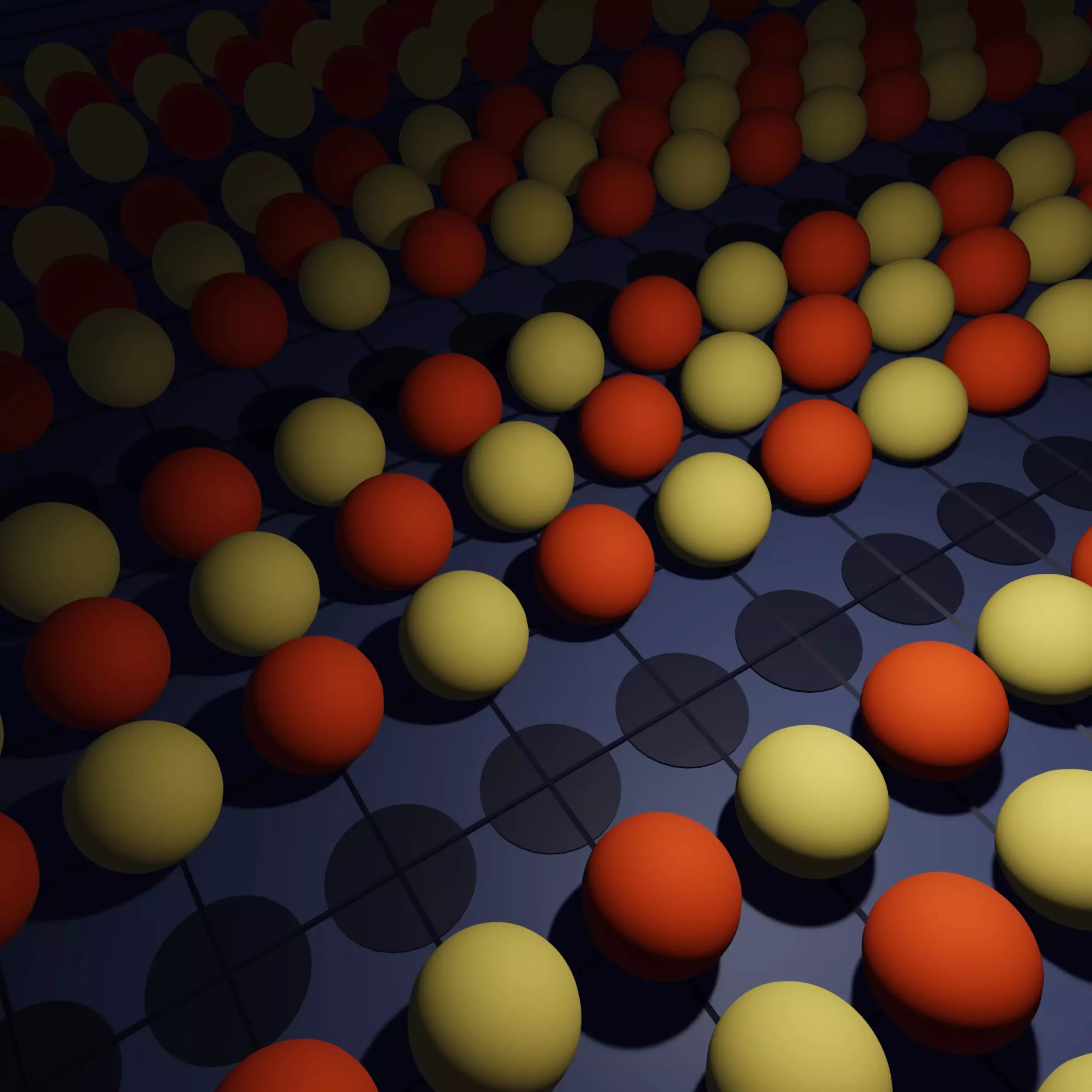The pursuit of understanding high-temperature superconductivity has long captivated physicists, representing a monumental challenge in the realm of quantum mechanics. A recent study published in the journal Science unveils significant advancements in this quest, particularly concerning the enigmatic phenomenon known as the “pseudogap.” This elusive state, prevalent in certain superconducting materials, has baffled researchers for decades, particularly due to its intricate behaviors and effects on conductivity as temperatures shift. The implications of this breakthrough are profound, promising to unlock future technologies that could revolutionize electric transmission and other fields.
Superconductors are materials that, under specific conditions, allow electrical current to flow without any resistance. However, the journey to room-temperature superconductivity—the holy grail of condensed matter physics—is riddled with challenges. At temperatures above -140 degrees Celsius, certain materials, particularly those composed of copper and oxygen, enter the pseudogap state. Within this state, the material fails to act consistently as either a conductor or a semiconductor, alternating between both behaviors. The unpredictable nature of the pseudogap complicates the understanding of these materials and hinders progress toward achieving stable superconductivity at higher temperatures.
While previous physics theories proposed different explanations for the pseudogap, the relation between its properties and the electronic arrangement within these materials remained obscure, posing significant questions that needed answering. How does the pseudogap correlate with the theoretical expectations of superconductors as they approach absolute zero? And what role does temperature play in this relationship?
To penetrate the fog shrouding the pseudogap, researchers employed advanced computational techniques that model the complicated interactions among electrons when subjected to various temperatures. The concept of quantum entanglement—where electrons become interlinked beyond their immediate positions—presents a significant challenge when attempting to simulate these behaviors. Traditional methods falter when applied to systems with many electrons, leaving scientists to seek innovative algorithms that could yield meaningful results.
One notable modeling approach is the Hubbard model, which conceptualizes the electron arrangement as a chessboard. In this framework, electrons are depicted as pieces moving across the board, obeying strict rules that govern their interactions. However, despite the advantages that the Hubbard model offers, it has limitations depending on temperature fluctuations and electron correlation. Researchers needed to bridge the gap between theories effective at absolute zero and those applicable at finite, albeit low, temperatures.
To effectively explore the pseudogap state, researchers implemented an innovative algorithm known as diagrammatic Monte Carlo (DMC). This technique enables scientists to assess the entire electron interaction landscape simultaneously rather than in isolated sections. With this comprehensive approach, researchers could ascertain how materials exhibit pseudogap characteristics as temperatures drop toward absolute zero and uncover the factors driving these transitions.
The findings revealed a clear trajectory for the pseudogap materials as they cooled: they tended to develop stripe patterns—a state characterized by organized rows of electrons with matching spins intermixed with vacant sites. This structural organization contrasted with the uniformity observed at absolute zero, offering critical insights into the nature of the pseudogap.
Implications for Future Research and Technology
The significance of this research extends beyond theoretical understanding; it opens the door for practical applications in areas ranging from ultra-cold atomic physics to novel superconducting technologies. Recent advancements in quantum optics might soon allow experiments to manipulate atomic arrangements in ways that can effectively simulate the conditions leading to the pseudogap. By leveraging cutting-edge developments in quantum gas simulation, researchers could potentially achieve the low temperatures necessary to investigate the pseudogap further.
Moreover, a more profound comprehension of the pseudogap will undoubtedly enhance our understanding of high-temperature superconductors. As scientists clarify the mechanisms underlying these complex states, it paves the way for innovations such as lossless electric grids, revolutionary MRI technologies, and advanced magnetic levitation systems.
The recent revelations regarding the pseudogap offer a tantalizing glimpse into the future of condensed matter physics and superconductivity. By employing groundbreaking computational techniques, researchers have illuminated aspects of this perplexing phenomenon, thus edging closer to achieving room-temperature superconductivity. As interdisciplinary collaborations continue to unravel these complexities, the potential applications emerging from this work will likely reshape various industries, mitigating energy loss and enhancing technological capabilities in ways we are only beginning to imagine. The journey is far from complete, but significant strides are being made, signaling an exciting era ahead for quantum physics research.


Leave a Reply